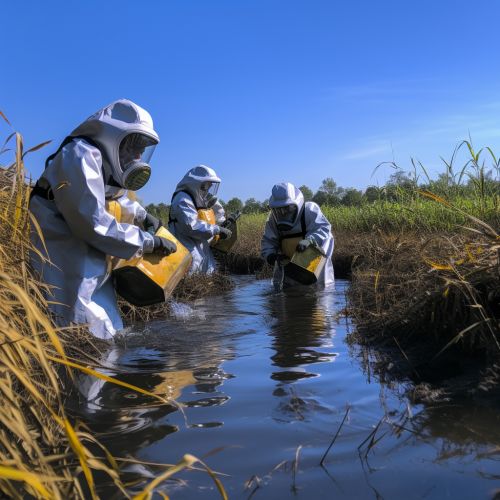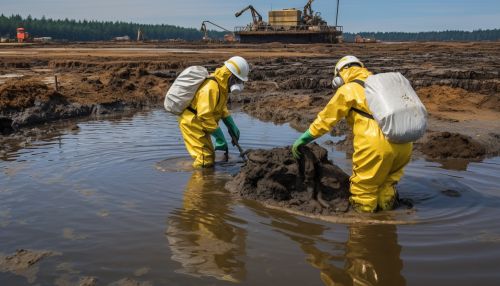Environmental remediation
Introduction
Environmental remediation is the process of removing pollutants or contaminants from environmental media such as soil, groundwater, sediment, or surface water. This would mean that once requested by the government or a land remediation authority, immediate action should be taken as this can impact negatively on human health and the environment.
Overview
Environmental scientists and engineers define environmental remediation as the process that removes toxins from water, air, and soil. These harmful substances can cause harm to humans and the environment. Remediation is a key component of environmental planning and environmental engineering.
Types of Remediation
There are several types of remediation based on the type of pollution, its extent, and the medium in which it occurs. These include but are not limited to:
Soil Remediation
Soil remediation, also known as soil washing, is a wide variety of programs designed to purify and revitalize the soil. Soil contamination is caused by many of the same factors that cause groundwater contamination. Leaching from waste disposal sites and direct discharge to the ground are common ways that soil becomes contaminated. Principally, soil remediation deals with pollutants that adhere to the particle size fractions in soil.
Groundwater Remediation
Groundwater remediation involves the process that is used to treat polluted groundwater by removing the pollutants or converting them into harmless products. Groundwater is water present below the ground surface that saturates the pore space in the subsurface. Globally, between 25 per cent and 40 per cent of the world's drinking water is drawn from boreholes and dug wells.
Surface Water Remediation
Surface water remediation is the process of removing harmful substances from above-ground water sources, such as lakes, rivers, and oceans. These bodies of water can become polluted with a wide variety of materials, including oil, heavy metals, and pesticides, which can harm the ecosystem.
Sediment Remediation
Sediment remediation is the process of removing harmful substances from organic matter that settles at the bottom of a body of water. The sediment can become polluted from a variety of sources, including runoff from the land, atmospheric deposition, and the breakdown of organisms in the water.
Remediation Techniques
There are many different types of remediation techniques, and the method chosen depends on the type of pollution, its extent, and the medium in which it occurs. Some of these techniques include:
Bioremediation
Bioremediation is a process used to treat contaminated media, including water, soil and subsurface material, by altering environmental conditions to stimulate growth of microorganisms and degrade the target pollutants. In many cases, bioremediation is less expensive and more sustainable than other remediation alternatives.
Pump and Treat
Pump and treat is a common method for cleaning up groundwater contaminated with dissolved chemicals, including industrial solvents, metals, and fuel oil. Pump and treat involves pumping out contaminated groundwater with the use of a submersible or vacuum pump, and allowing the extracted groundwater to be purified by slowly proceeding through a series of vessels that contain materials designed to adsorb the contaminants from the groundwater.
Chemical Treatment
Chemical treatment technologies use chemical reactions that convert harmful materials into less toxic or less mobile materials. The reactions change the properties of the contaminants and make them less hazardous. Chemical treatment is often used in conjunction with other physical and biological techniques.
Thermal Desorption
Thermal desorption is a remediation method used to clean contaminated soils. This process involves the application of heat to increase the volatility of the contaminants. Once the contaminants are volatilized, they are removed from the soil by a vacuum system and treated in an off-gas treatment system.
Environmental Impact
While remediation is often necessary to remove harmful pollutants from the environment, the process itself can have an impact on the environment. For example, many remediation techniques involve the use of heavy machinery or other types of equipment that require significant amounts of energy. This can lead to the release of greenhouse gases. Furthermore, some remediation techniques can cause damage to the environment, such as the removal of vegetation during soil remediation.
See Also


.
